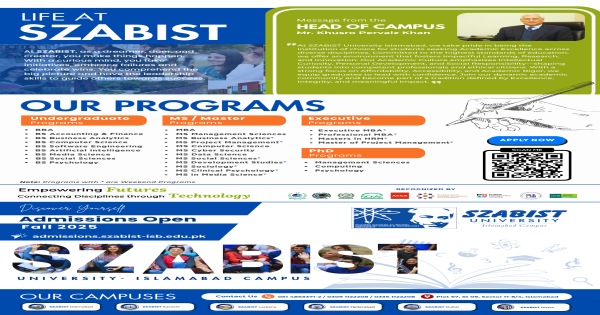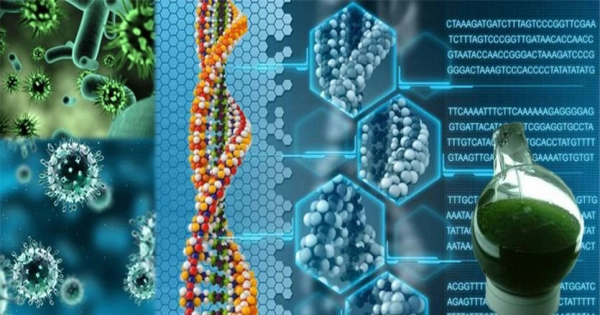Neutron imaging (NI) is a crucial non-destructive technique widely used in industrial, medical, and scientific fields. Improving the spatial resolution of NI detectors has been a long-standing challenge. The University of Wah, in collaboration with RIKEN Japan, has achieved a groundbreaking milestone in neutron imaging by developing an NI device with a record-breaking resolution of 887 nm in 2024.

Background: Evolution of Neutron Imaging
Neutron imaging technology has been evolving over the years with significant advancements in spatial resolution:
| Year | Resolution | Institution |
|---|---|---|
| 2017 | 2000 nm | National Institute of Standards and Technology, USA |
| 2022 | 945 nm | University of Wah & RIKEN Japan |
| 2024 | 887 nm | University of Wah & RIKEN Japan |
This progression highlights the remarkable contributions made by researchers in pushing the boundaries of imaging precision.
The research was led by Dr. Abdul Muneem under the supervision of Prof. Dr. Jameel-Un Nabi, Vice Chancellor of the University of Wah.
The co-supervision was provided by Prof. Dr. Takehiko R. Saito, Chief Scientist at RIKEN, Japan.
The project focused on utilizing fluorescent nuclear track detectors (FNTD)-based NI techniques to enhance resolution.
2022: Achieved 945 nm resolution, setting a new world record.
2024: Further improved to 887 nm using advanced NI techniques.
Patent Submission: A patent was filed on December 25, 2024, for the newly developed FNTD-based NI device.
This milestone was made possible through research and development conducted at multiple leading institutions in Japan:
High Energy Nuclear Physics Laboratory, RIKEN
Japan Proton Accelerator Research Complex (J-PARC)
Nishina Center at RIKEN
RIKEN CBS-Olympus Collaboration Center (RIKEN BOCC)
Center for Advanced Photonics, RIKEN
Nagoya University
Research Reactor Institute, Kyoto University
Tohoku University
RIKEN Japan played a pivotal role in providing state-of-the-art facilities, research expertise, and support for this pioneering achievement.
The groundbreaking work by the University of Wah and RIKEN Japan has significant implications:
Enhanced imaging precision benefits non-destructive testing (NDT) in aerospace, automotive, and nuclear industries.
Advanced neutron imaging can be used for early disease detection in medical sciences.
The improved resolution allows better visualization of subatomic structures.
Facilitates research in high-energy physics and material sciences.
Positions Pakistan as a leader in high-precision imaging technologies.
Opens doors for future international collaborations in nuclear physics and advanced imaging.
The achievement was widely acknowledged, with press releases issued by:
RIKEN Japan: Press Release (Japanese)
Tohoku University: Press Release (Japanese)
Hussey et al., Nuclear Instruments and Methods in Physics Research 866 (2017) 9
Muneem et al., Journal of Applied Physics 133 (2023) 054902
Muneem et al., Scientific Reports (2025) 15:2103
Research and Development
Project Overview
Key Achievements
Collaborative Efforts
Significance of RIKEN’s Role
Impact on Scientific Community
1. Industrial & Medical Applications
2. Advancing Research in Nuclear Physics
3. Strengthening Pakistan’s Position in Scientific Innovation
Press Releases & Recognitions
References
Top Contributors
Related Articles
SZABIST University Islamabad – A Premier Destination for Higher Education in Pakistan
- Ilmkidunya
- 03/Jul/2025











































